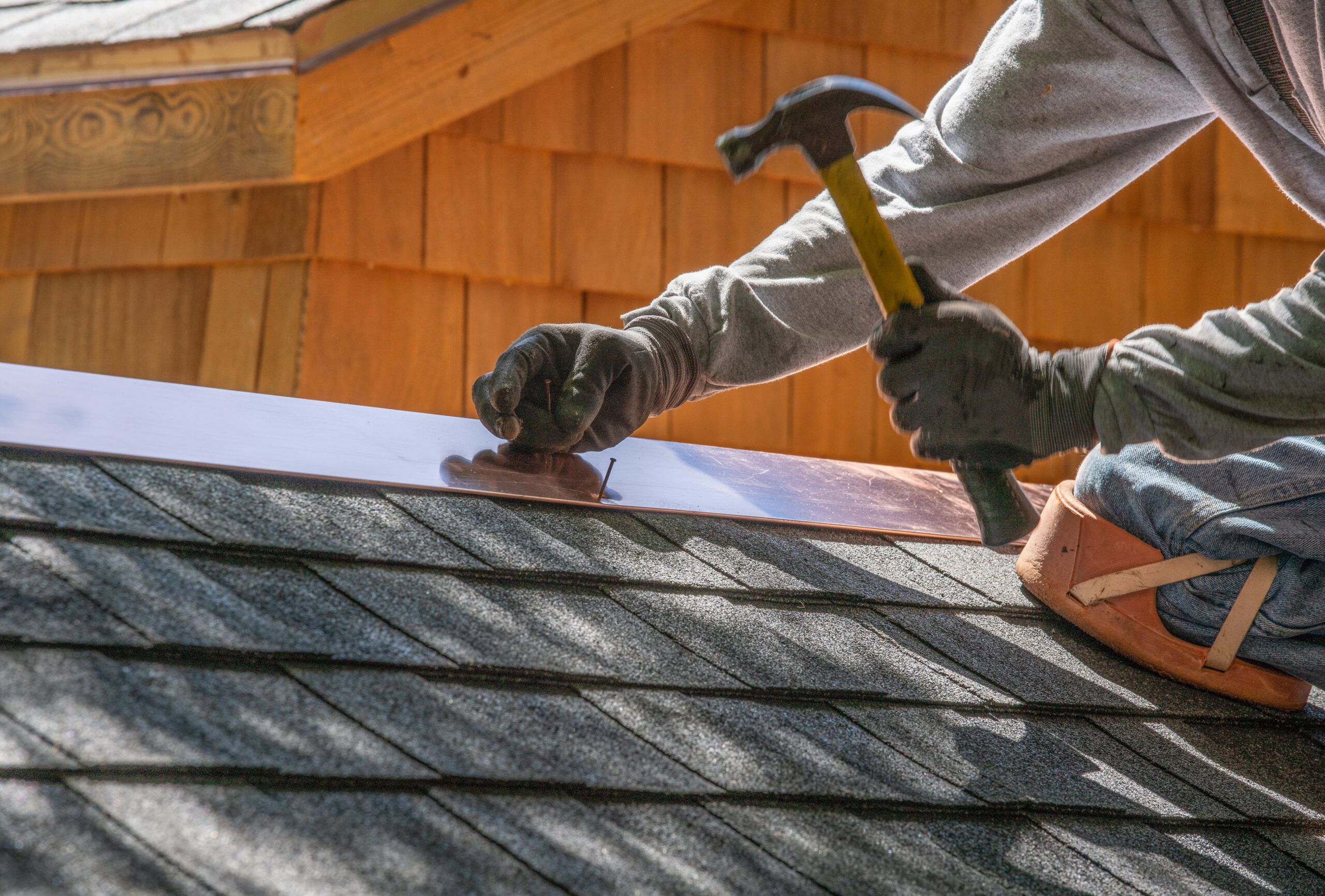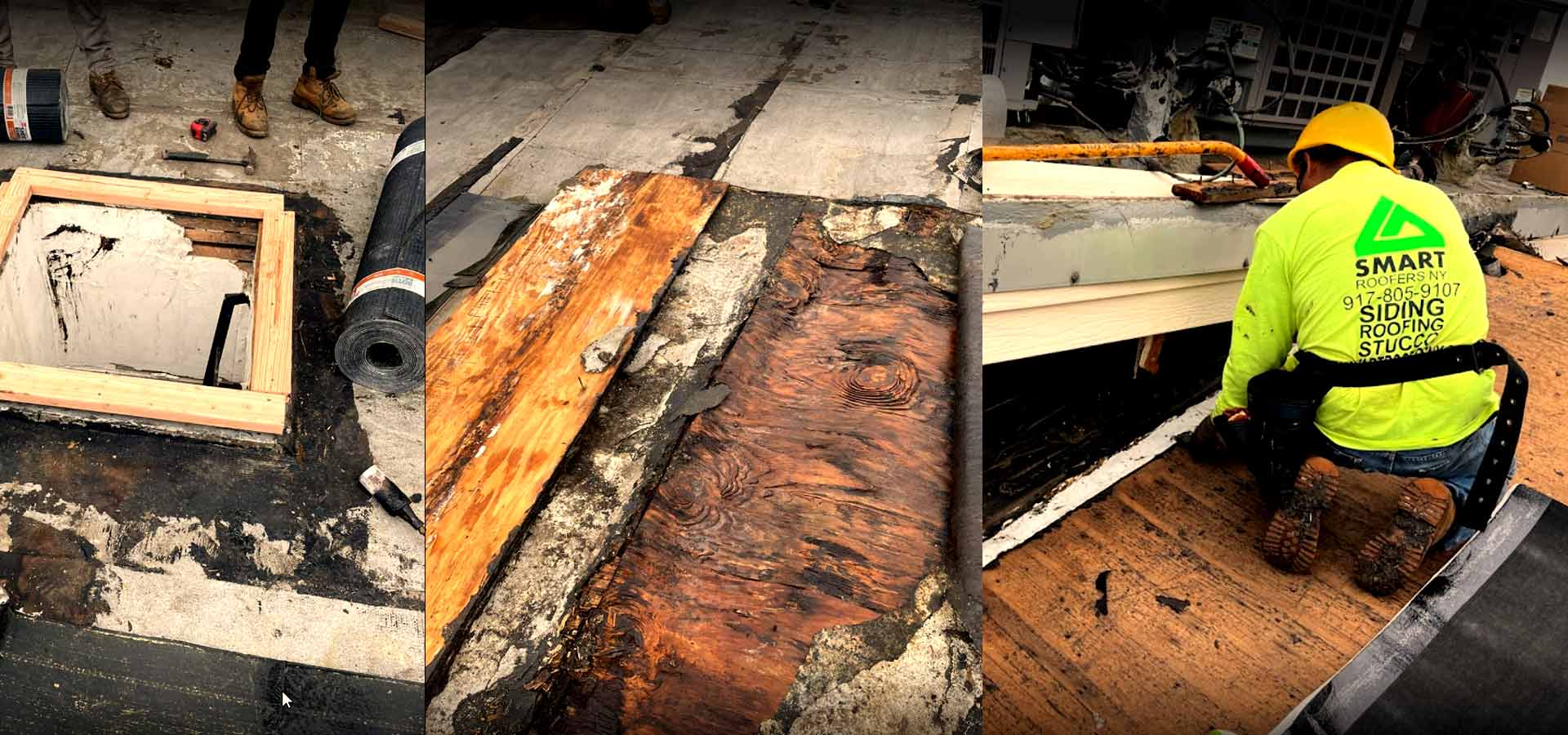Recognizing the Various Sorts Of Roof Coverings: A Comprehensive Guide for Homeowners
With a selection of choices-- ranging from the typical gable to the modern flat-- each kind provides unique benefits and challenges that need to line up with the homeowner's details requirements and environmental factors to consider. As we check out the intricacies of numerous roofing system kinds, it becomes noticeable that one size does not fit all; the appropriate option might shock you.
Gable Roofings
Gable roofings, identified by their triangular shape, are among one of the most popular roof covering styles because of their simpleness and efficiency in losing water and snow. This design includes 2 sloping sides that satisfy at a ridge, enabling efficient water drainage and minimizing the danger of water buildup. The steep pitch frequently related to saddleback roofs enhances their ability to manage hefty precipitation, making them appropriate for numerous environments.
Along with their functional advantages, gable roofs use visual versatility. They can be adapted to different building designs, from traditional to modern homes. The style can likewise suit added features such as dormer windows, which enhance all-natural light and air flow in the attic room room.
Moreover, saddleback roofs offer adequate room for insulation, adding to power performance. Homeowners can pick from a variety of roof materials, including asphalt roof shingles, metal, and ceramic tiles, even more improving personalization choices.
In spite of their advantages, gable roofings might need extra support in areas prone to high winds or hefty snowfall. On the whole, the gable roof continues to be a popular selection because of its blend of performance, sturdiness, and aesthetic allure.
Flat Roofs
Flat roofs are frequently recognized for their minimal layout and functional applications, especially in commercial and industrial settings (oahu roofing). These roofs include a horizontal or nearly straight surface area, which permits very easy building and construction and flexible space application. While they may lack the visual charm of angled roofs, level roofing systems offer numerous benefits, particularly in urban settings where making best use of area is important
Among the main benefits of flat roofs is their availability. Property owners can use the roofing space for numerous purposes, such as roof gardens, terraces, or photovoltaic panel installations. In addition, flat roofings are generally extra affordable to preserve and mount compared to their sloped counterparts, as they call for fewer materials and labor.
Usual products made use of for level roof coverings consist of built-up roof covering (BUR), changed asphalt, and single-ply membrane layers, each offering distinctive advantages. On the whole, level roof coverings offer as a versatile and practical option for numerous property owners and companies alike.
Hip Roofs
Hip roofs are characterized by their sloped sides that merge on top, developing a ridge. This style is unique from saddleback roofs, as all four sides of a hip roof incline downwards towards the wall surfaces, offering a more stable framework. The angle of the slopes can vary, enabling convenience in building looks and performance.
One of the key benefits of hip roofing systems is their ability to hold up against hefty winds and try here unfavorable weather. The sloped surfaces make it possible for much better water drainage, lowering the danger of leaks and water damage. Furthermore, hip roofs offer enhanced attic space, which can be used for storage or perhaps transformed into livable areas.
Nonetheless, constructing a hip roofing can be a lot more pricey and complex than less complex roofing types, such as saddleback roofs. The extra material and labor included in developing the slopes and making certain appropriate structural stability can cause higher expenditures. In spite of these downsides, numerous home owners prefer hip roofing systems for their longevity, aesthetic charm, and capacity for power effectiveness.
Mansard Roofs
Mansard roofing systems, commonly recognized by their distinct four-sided design, function 2 inclines on each side, with the lower incline being steeper than the top. This building design, stemming from France in the 17th century, is not just cosmetically enticing however useful, as it optimizes the useful area in the top floors of a building. The high lower slope enables for even more clearance, making it an ideal choice for lofts or attics, which can be transformed right into living rooms.
Mansard roof coverings are characterized by their flexibility, fitting different architectural styles, from conventional to contemporary. They can be built with various products, consisting of asphalt tiles, slate, or steel, giving homeowners with a series of options to fit their spending plans and choices. In addition, the layout enables the combination of dormer home windows, improving natural light and ventilation in the top degrees.
Nevertheless, it is vital to think about the prospective drawbacks. Mansard roofs might call for more maintenance as a result of the intricacy of their style, and their steep inclines can be testing for snow and rain runoff. On the whole, mansard roof coverings integrate beauty with practicality, making them a preferred option among home owners looking for distinctive building functions.
Shed Roof Coverings
As house owners progressively seek simpleness and performance in their building styles, lost roofings have arised as a popular selection. Defined by a solitary sloping airplane, a shed roof offers a minimalist find out visual that matches numerous home designs, from contemporary to rustic.
One of the main benefits of a shed roofing system is its uncomplicated construction, which commonly translates to reduce labor and product prices. This design enables reliable water drainage, decreasing the danger of leakages and water damages. Additionally, the vertical slope supplies enough space for skylights, improving all-natural light within the inside.
Lost roof coverings also provide adaptability in regards to use. They can be effectively integrated into additions, garages, or outside frameworks like sheds and structures. In addition, this roof style can accommodate different roof materials, consisting of steel, asphalt roof shingles, or also environment-friendly roof coverings, aligning with green initiatives.
Nonetheless, it is important to take into consideration local climate problems, as hefty snow tons might demand changes to the browse around this site roof covering's angle or structure. In general, shed roofs offer a practical and cosmetically pleasing choice for homeowners wanting to take full advantage of performance without jeopardizing style.
Verdict


Gable roofing systems, defined by their triangular form, are among the most prominent roof covering designs due to their simplicity and efficiency in dropping water and snow. oahu roofing. The high pitch commonly connected with gable roofings boosts their ability to deal with hefty rainfall, making them ideal for various climates
While they may lack the visual allure of pitched roof coverings, flat roofing systems provide many benefits, specifically in city environments where taking full advantage of area is vital.
